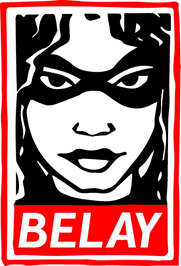
IPFS News Link • Science, Medicine and Technology
Soon WiFi Will Be Able To Tell Not Just Where You Are, But If You're Breathing
• http://motherboard.vice.comWiFi networks soon may be able to tell not just where you are, but whether you're even breathing. This is according to research published this month in Computer by a trio of researchers at Peking University that describes a sensing method based not on the conventional received signal strength (RSS) model—which provides information about an environment based on how that environment attenuates a signal—but on an alternative known as channel-state information (CSI), which provides a much richer picture of electromagnetic waves as they bounce around an indoor space.
RSS positioning has been around for about 15 years and was developed into a project called RADAR by researchers at Microsoft. Its operation is pretty crude. Take an indoor space, and then map it out according to WiFi signal strength at different locations. Stick all of this data into a table, and when it comes time to locate an actual device in that space, it's just a matter of matching the observed signal strength to the corresponding location in the table. It's cheap, at least.
Using channel-state information for indoor sensing is already being actively explored, but what the Peking researchers wanted to know is exactly what kind of precision it's capable of offering. To find this out, they applied what's known as the Fresnel zone model, which is easiest to just visualize:

Here's how the paper explains it: "Fresnel zones refer to the series of concentric ellipsoids of alternating strength that are caused by a light or radio wave following multiple paths as it propagates in free space, resulting in constructive and destructive interference as the different-length paths go in and out of phase." You can break any area of space into an infinite number of Fresnel zones.
Dan Wu and his colleagues at Peking University explain that any object that a radio wave encounters as it bounces around a space essentially splits it into two. One is reflected while the other travels on through the object (following a line-of-sight path). At the receiving end of the signal, the two paths recombine, leaving a superimposed signal. It's from the phase difference between the two signals that an intervening object can be inferred. Objects positioned in different Fresnel zones will reflect signals differently, resulting in interference patterns corresponding to different positions.
































